How to Boost Your GPU Performance?
Everyone wants to get the most out of their computer. Whether you are a gamer, a graphic designer, or just someone who likes to browse Facebook in your free time, we all want our computers to give us the performance we need. One way that people often overlook is upgrading their graphics card (GPU). This article will give tips and tricks for getting the best performance from your GPU to enjoy better gaming and other activities with less frustration!
Related: How to Vertical Mount GPU – A Detailed Guide
Table Of Contents
What Causes GPU Performance Issues?
Well, there are quite a few reasons your GPU might not perform optimally. Let’s have a look.
Related: How Much Does a Gaming PC Cost? Off The Shelf vs. Building
Thermal Throttling
Throttling is when the processor or graphics card suddenly runs extremely slow, well below their rated speeds. Both these components are rated to run at specific speeds depending on what they have been tasked to do – i.e. a processor may be rated to run at a speed of 3.5GHz during demanding tasks. Generally, the faster it runs, the better it is for the programs requiring them. Both components must run at stable speeds with minimal interruptions for something as demanding as a video game.
Usually, the processor and graphics card will adjust their speeds as they see fit. However, sometimes, a problem forces the processor or graphics card to run at slower speeds. During this behavior, the processor or graphics card will severely drop in speed constantly. The severe drop in speed impacts the frames being drawn to the monitor.
There are two culprits for this: heat and power-savers. The more the system has to do, the hotter it runs. Under normal circumstances (if cooling is adequate), both the processor and graphics card can cool themselves efficiently. However, if, for whatever reason, the cooling is no longer effective at dissipating heat, the components will increasingly rise in temperatures because there’s nothing present to aid heat transfer.
Eventually, temperatures reach what is known as “throttle temperature” (the temperature that triggers the speed drops). After the throttle temperature is reached, speed drops continuously occur to manage heat transfer and prevent the components from destroying themselves through heat. At this point, the components care very little about running as fast as they can because their lifespan is on the line (heat kills).
If heat is not responsible, the next culprit is power-savers. The processor and graphics card have power states that allow them to run slower when the system does not require much or any of their power. Typically, these components know when to power down and power up. But sometimes, it can glitch and cause problems even when the computer runs something demanding.
Throttling can be identified by downloading popular third-party programs such as CPUID HWMonitor and HWINFO64. These programs above are monitoring tools. They monitor the system and check temperatures, speed, and voltages. This information can be very beneficial when troubleshooting a problem.
GPUs are at the heart of your system performance and are known to overheat. This is because they are one of the few components in your system that produce a lot of heat. When it becomes too hot, its performance will be throttled back to lower levels not to damage itself or cause other problems with the hardware. This problem can quickly become a performance hindering issue if you don’t have any ventilation around your GPU.
As you increase the power limit in MSI Afterburner, you’ll see the temperature limit increase alongside it. Temperature is a limiting factor in your GPU reaching its full performance, so raising the limit a bit is OK. You should check your GPU’s operational limits, however. The recent RTX 3080, for example, has a maximum operating temperature of 93 degrees Celsius.
Related: What Power Supply do I need for RTX 3080?
Outdated Drivers & Software Updates:
More often than not, you might not have the correct driver for your GPU. The driver industry, monopolized by two or three major corporations, often struggles to keep up with the gamers’ needs. If that’s the case, download a new one from the manufacturer and install it! Outdated drivers are, believe it or not, the most common culprits for poor-performing computer components.
It has been demonstrated time and time again that the difference between playing a game with old drivers and playing a game with new drivers is startling.
An operating system must be kept up-to-date to run to the best of its ability. It’s a necessary process for any system. If they didn’t update, they would become vulnerable to cyber-attacks and other malicious content that affect how the machine runs and put data stored onto it at risk of getting into the wrong hands. Not all updates help the system run better, however. The update is, after all, modifying the system, which can sometimes interrupt how efficiently the system runs, even if the change is small.
To improve the responsiveness of your system, make sure to update the motherboard chipset drivers and the ME drivers for Intel processors.
The latest drivers improve game performance and frames per second (FPS).
Rule of thumb: reverting the changes should rectify the issue if the system has undergone any software updates (from OS-level to driver-level) and performance has been noticeably affected.
Dust
Dust can cause many issues, too, as it will have the same effect on your GPU. If you’re not using any filter for your computer or fans in general, then there’s a good chance dust has accumulated and is impacting performance. It sounds simple but clean out all that junk around your GPU and other components.
Hardware Bottleneck
This is the most common issue with computers and is easy to fix. If you’re using a GPU/CPU that isn’t up to par, you cannot do much besides upgrading everything else.
Computers are always a temporary purchase. This means eventually, change needs to be made to rejuvenate an aging machine. If the system has been used for a long time and suddenly has problems running the game, and basic troubleshooting has been performed with no result, the hardware is usually to blame. The hardware inside a machine determines how well an application will run. The weaker or slower it is, the less efficient applications will run.
Even if the system is relatively new, hardware is always susceptible to failure. Failure is not always shown as a dead device or component. There are times when it could appear to be functioning normally, but deep within, it could be experiencing a failure that cannot be observed with the naked eye.
Software Bottleneck & Gaming Updates
Sometimes, your GPU might struggle because of software issues or an application running in the background that is not coded well enough to use the threads and cycles optimally. Check out your task manager or GPU watcher app to identify the culprit app as a first step.
As exciting as game updates can be, they can also come with problems that affect how a game runs. If an update, patch, or fix has been implemented and sudden slowdowns can be observed, the game update will likely cause its own performance downfall. The developers will identify the cause and fix the problem in this case. Once the update is either patched or removed, performance returns to normal.
Game developers optimize their games to run on as many hardware configurations as possible. This ensures a wide range of support to allow as many people to play as possible. No two pieces of hardware are quite the same. They all have different things going on that can affect how they run.
Optimization aims to tackle that and help make the game use a system’s resources as efficiently as possible. Sometimes game developers do not get it quite right, and the game uses too much or too little of a system’s hardware. This results in poor performance. Unfortunately, the user cannot fix it unless the developers decide to make the change. The greater the optimization, the better the game runs.
 How To Boost GPU Performance & How can I speed up my GPU?
How To Boost GPU Performance & How can I speed up my GPU?
Watercool Your GPU
The best way to cool your GPU is by water-cooling it. When someone says at the high end, “watercool your GPU”, they usually mean using a GPU equipped with a water block. There are different types of water blocks with different mounting techniques for AMD, Intel, Gigabyte CPUs, and ATI or NVIDIA GPUs. However, it’s important to note that you need to find the right one for your CPU and video card- a gasket won’t work on an AMD processor and vice versa.
There is nothing wrong–technically speaking–with GPU coolers explicitly made for laptops because once mounted, these coolers will cool both the CPU & GPU (as opposed to previous in-home DIY methods, which only cooled the graphics cards). What makes them not ideal is their lack of adjustability.
The mounting of an HSF is also an important consideration when choosing the suitable cooler for your GPU. A few coolers have different ways to mount, with some requiring brackets and others using thermal pads that don’t require any additional hardware (although you’ll still need to buy them).
Overclocking
Does Overclocking Help?
Overclocking can help with performance in certain games, but it will not affect them. If you are someone who only plays one game and is looking for a boost in your graphics card’s performance
What exactly is GPU overclocking?
Overclocking pushes a hardware component to perform at higher speeds than it was initially made to. If you have ever overclocked your CPU, you might know that this can lead to instability and problems with other components on the computer, in addition to decreased longevity for the part being overclocked. There are not as many complications with GPUs when overclocking since they are isolated from other parts and not as vulnerable.
How to Overclock Your GPU to Boost Your Games’ FPS?
The overclocking process is started by selecting a value for the maximum operating frequency of the GPU. The default setting will be to use one “fraction” or increment on this slider, but users can choose any integer divided evenly into 100 (e.g., 50). By sliding upwards and downwards using arrow buttons next to the limit field, you are changing how many steps there are in that fractional step – so an increase from x50% up to x100% would change the number of increments from 20 to 25.
The first thing you need to do is find a program that will allow for overclocking. We recommend MSI Afterburner or EVGA Precision X. They have great interfaces and are easy to navigate, so it should be simple enough, even if this is your first time doing something like this!
There are two ways of overclocking: manual and automatic. If you choose the latter option, then all you have to do is enter what percentage increase you want from your card’s base clock speed (i.e., +20% on GTX 1080) and click “Apply.” Manual means selecting different areas where voltage can be increased by adding up an offset value that increases GPU performance at the cost of increased power usage.
Viruses
An infected computer is a compromised one. Not only does a virus put personal data in jeopardy, but it also starves the computer’s resources so that it can preserve itself. Every piece of hardware can act as its fuel. It demands the power of the machine’s hardware to grow and disguise itself, so it can continue running havoc on the system. GPUs are not immune to them!
A scan should always be run regularly on a computer to prevent malicious content from making its way into it. This is one of the basic troubleshooting steps before shifting the blame elsewhere. Malwarebytes and a basic free anti-virus program such as Avast! are all needed to keep a computer virus-free.
Computers are tricky devices, and it is frustrating when demanding applications do not work as they should.
 Power Settings
Power Settings
Adjusting power settings can be highly beneficial if you want to improve GPU performance on a desktop or gaming laptop.
Here’s how to change the power settings –
- Press Windows + I to open Settings or Select from System tray.
- Select System.
- In the left-hand pane, select Power and sleep.
- Choose High performance from the list on the right.
- Change the plan settings > Modify the advanced power settings
- Ascertain that the power settings are set to the optimal levels.
How safe is overclocking?
Every performance tuning tweak to a quality-checked manufacturer component would come at the cost of instability to other components relying on it. Carried out by a professional, gamers who have been overclocking their gaming pcs for ages will see no issues as long as the manufacturer’s cap for the GPU threshold is not breached.
Boost FPS and improve Gaming/GPU Performance
Tips To Increase Graphics Card Performance
Tip 1: Stop Nvidia Streaming Service – Gain 2% to 5% FPS:
Install the latest updates
At home, if you have an Nvidia graphics card installed on your gaming rig, then stopping and disabling its streaming service can increase performance by up to five percent.
Install a new graphics driver when available from NVIDIA or AMD (this will only take about 15 minutes)
In Windows, go to Control Panel > Programs and Features > Uninstall a program/ Select “Nvidia Streaming Service” and click Next. Click Finish on the next screen to remove this application’s registry entries.
To check for updated drivers, right-click in the taskbar tray icon area > select See more details > Check Now.
Tip 2: Disable Anti-aliasing and V-Sync – Gain FPS in Games
Anti-aliasing and V-Sync can be disabled in the game settings menu. Turning off these features can potentially increase performance by up to five percent
Tip: Create a shortcut key for disabling Anti-aliasing and V-Sync, then press that button anytime you want to enable or disable them on demand
Tip 3 – Update Graphics Card Drivers
Tip 4 – Defragment the Hard disk once a week
Tip 5 – Overclocking Graphics Card
MSI Afterburner, compatible with Nvidia and AMD graphics cards, is currently the most popular overclocking tool.
Overclocking can produce good results, but it must be done with caution.
Tip 6 – Overclocking CPU:
Overclocking your CPU can produce good results, but again do it with extreme caution or contact a professional.
Tip: The best way to overclock CPUs is using a variable voltage supply instead of software overclocking tools
CPUs come from the factory already set up for these tweaks in BIOS, so you don’t need to worry about doing anything special there.
The first thing I recommend trying when looking at how to boost GPU performance on a computer is updating graphics card drivers because they are one of the most reliable ways of improving gaming performance. This may seem like an obvious solution, but my experience has found that many gamers do not regularly update their drivers, which is often overlooked as a potential source of improvement!
Tip 7 – Improve the Airflow:
Improving airflow for a GPU usually involves removing the side panels and unscrewing the back panel. Truly taking apart your computer case to work on it will be more than enough, as it is pretty challenging to screw anything else back in later. It’s also important not to forget about all the other parts of your system that require airflow, so don’t forget to cover them up or remove any obstructions, like there may be a fan covering the grills.
Tip 8 – Enable FreeSync/G-Sync:
What’s the point of a high-end GPU if you can’t enjoy its full potential with a monitor that supports FreeSync or G-Sync? I always tell my mates to do themself a favor and invest in a high-end monitor on their gaming pc that supports both and gives them good display settings to play around with in-game mode.
Tip 9 – Update Your BIOS:
It is not recommended to update your BIOS unless instructed by the manufacturer. You may want to consult their support forums for instructions on updating your specific model, and they will also have more information about any possible risks.
That said, there are cases where an outdated BIOS could be preventing certain features from working correctly (like overclocking), so it might help in those situations. Remember that this only applies when using legacy systems like Windows XP or earlier versions that don’t natively support overclocking.
 FAQs
FAQs
How often should I defrag my PC?
It’s essential to defragment at least once weekly because it will keep things running smoothly by optimizing space allocation and free sectors of hard disk drive storage devices. You don’t want any lag during gameplay! PC gaming groups sometimes can be unforgiving if you play online multiplayer games.
How to increase gaming performance?
As an immediate improvement, try to use lower textures and frame rates/ If the games allow their texture and shader preferences, try to use them.
How do I find my GPUs?
If you’re not sure what’s installed on your computer, run the following commands in Windows 10:
Step 1: Right-click the Start button and select Device Manager from the pop-up menu.
Step 2: With Device Manager open, expand and reveal your GPU by clicking Display Adapters (s).
On the expanded list, you should see at least one GPU.
If your computer has an Intel CPU or an AMD GPU, you will see a single listing for Intel or AMD Radeon.
You’ll see an additional listing for an Nvidia GeForce or AMD Radeon chip if you have a separate GPU.
Any specific overclocking examples?
Assassin’s Creed Odysseys struggles to maintain a steady 60 frames per second on even the most potent hardware at 4K resolution. Overclocking brought it closer to the magical number and Shadow of the Tomb Raider benefited significantly from overclocking, increasing FPS from 91 to 110 in SLI mode.
Conclusion
Your GPU is the most critical component of your laptop, and you must take care of this piece. If there are any issues with your graphics card, repair them quickly, as they can lead to severe problems in other areas, such as battery life or even computer shutdowns.
We’ve outlined a few ways to get the most out of your GPU and improve its performance. Keep an eye out for the graphics settings of your graphics cards, run a DirectX diagnostic tool with game mode enabled on your gaming laptop computer, swap your card with the latest version discrete GPU or even buy new ones for better fps and gaming experience.
As pc hardware technology takes strides, more performance options are available without sacrificing speed and battery power. GPU prices decrease as demand and supply match, so use maximum performance without resorting to black-hat online tweaks.
If you have any other ideas or want us to write the latest performance articles on specific modern games, we want to hear them! Let us know in the comments below what strategies work best for you. And if you need help with anything related to laptops, please drop your questions in the comments section below.



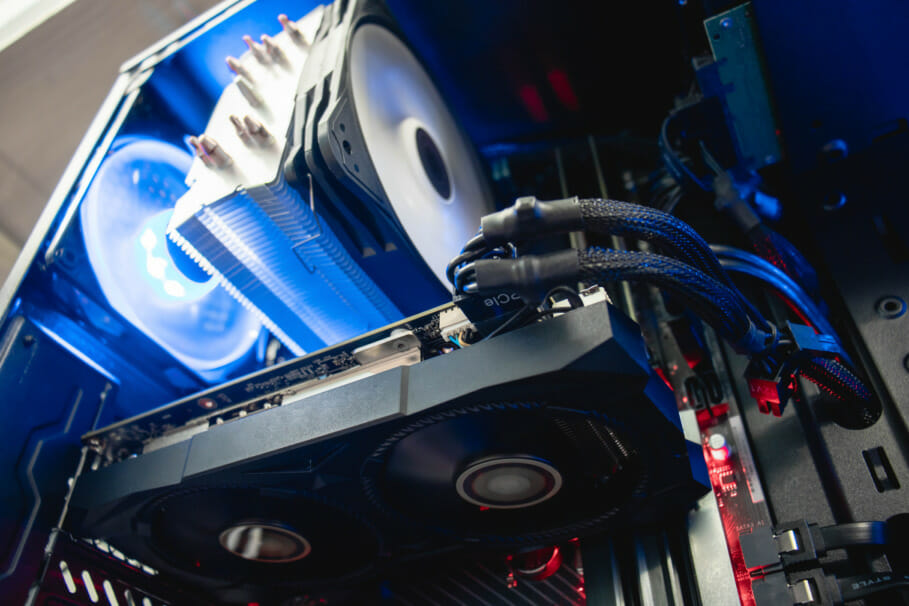

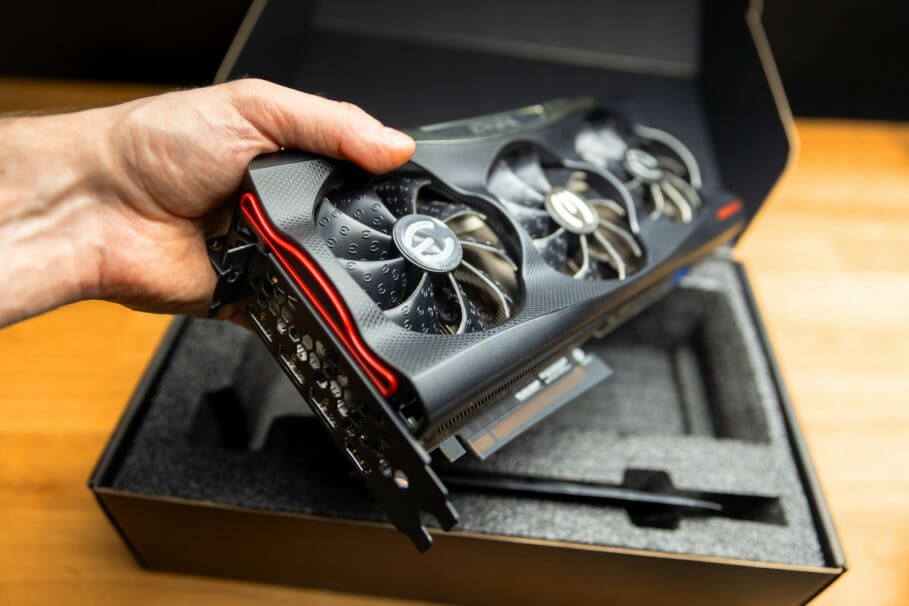
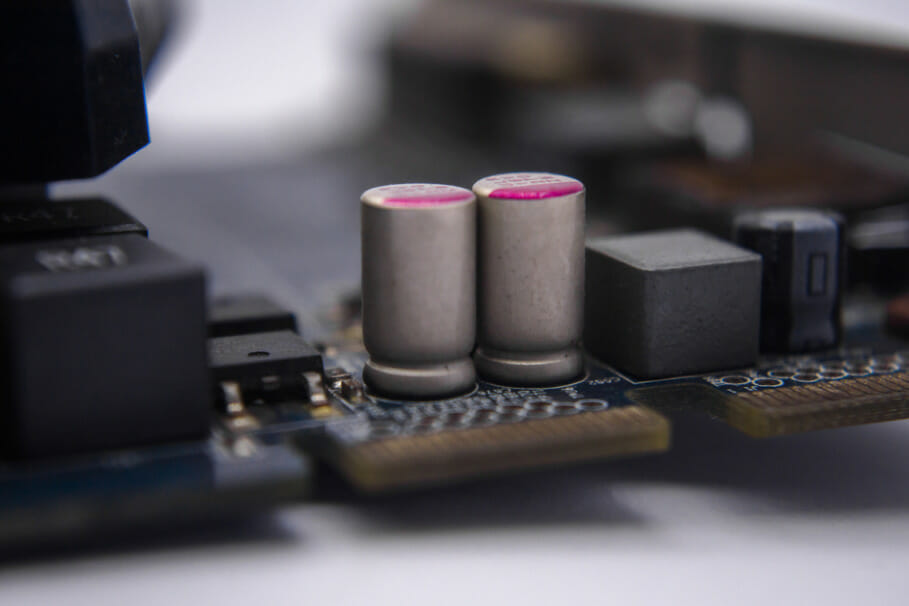 How To Boost GPU Performance & How can I speed up my GPU?
How To Boost GPU Performance & How can I speed up my GPU?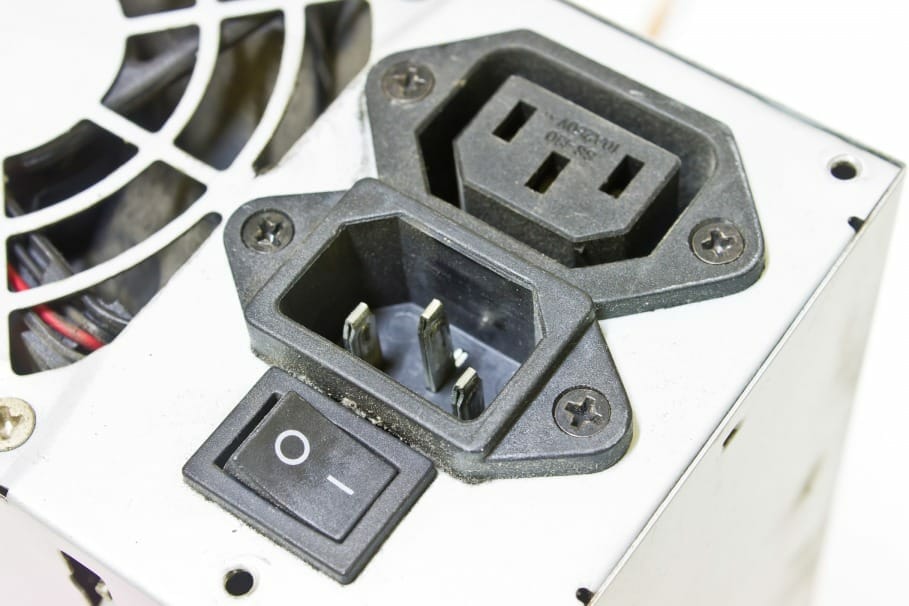 Power Settings
Power Settings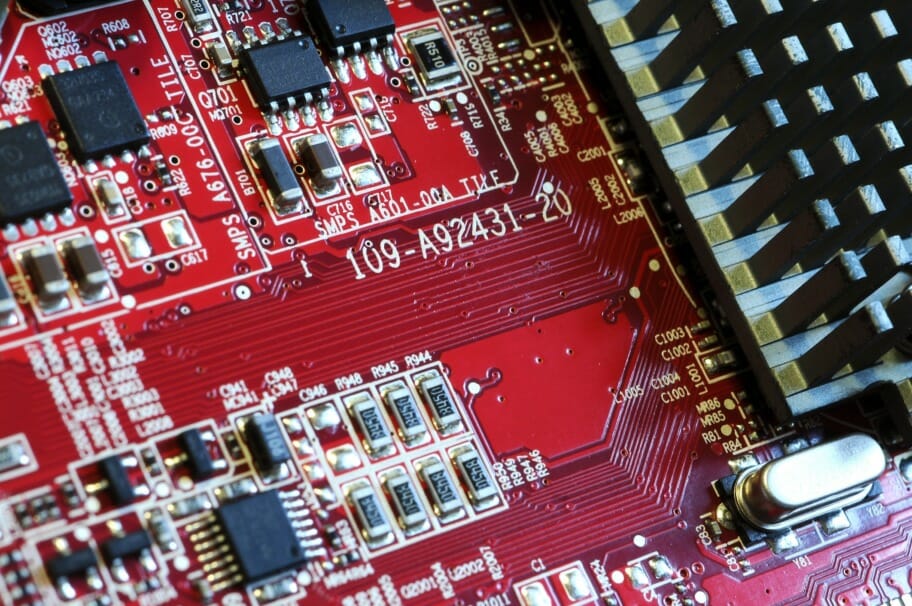 FAQs
FAQs